Islands and birds. An island full of birds. Birds in flight over a tropical island. Lovely images, right? But there’s more to it than meets the eye.
I count myself incredibly lucky to live on an island, Gabriola Island, in the Salish Sea just off the coast of British Columbia. Gabriola is about the same geographical size as Manhattan but has a population of about 4,000 people. Manhattan’s 2012 population was 1.6 million.
What we lack in people we more than make up for in non-human populations: fifty-some species of birds, countless Black-tailed deer, otters and seals and raccoons, several large flocks of feral turkeys (who might justifiably be termed “wild” after all this time, although I don’t know how the DNA part works) and innumerable bugs and bees and bats and insects of all kinds. Way more of them than us. I like it that way. (Except for the cats that are allowed to roam.)
But living on Gabriola has its pros and cons – for humans and birds alike. Some human residents, for example, consider having to take a ferry off the island a hassle. (A few islanders regularly lobby the government to build a bridge. I wonder: why did they move to the island if they don’t want to live on an island?)
Our non-human (non-pet) residents do not take the ferry. They stay put. This is their habitat, their home. They don’t have the options their human neighbours have. They don’t go shopping across the strait in Nanaimo. If things don’t work out here, they can’t just pack up, sell everything, and move away. They can’t even move to a different part of the island unless it provides the same type of habitat including the right foods and breeding opportunities. They’re basically here to stay, no matter what. This is what makes some islands – take the famous Galapagos – hotspots of biodiversity, home to rare and unique species that occur nowhere else.
But if you’re a bird or animal living on an island where the ecology has been disturbed, things can get messy. I first became aware of this issue in 2011 when I read the article by UBC scientists Peter Arcese and Tara Martin about research done on eighteen relatively undeveloped islands in the Salish Sea. http://(http://www.theglobeandmail.com/news/british-columbia/the-environmental-costs-of-protecting-bambi/article621791/)
This study showed that on the islands studied, more deer = fewer birds. It turns out that Black-tailed deer (Gabriola has a lot of them) eat the forest understory where ground-nesting birds live and breed, birds like Spotted Towhees, Fox and Song sparrows, Rufous hummingbirds, Bewick’s wren, and Orange-crowned warbler. Black-tailed deer proliferate on many BC islands because we humans got rid of their natural predators a long time ago.
Unfortunately, in any conversation about ways to solve the problem, the C word will eventually come up. (Cull!) Kill Bambi?! No, like most islanders, I don’t want to kill any deer. It’s not their fault they’re reducing bird populations, it’s ours. But there are other, albeit more expensive, options. No one here is looking seriously at any of them. And so, the status quo continues.
Islands & Extinction: a groundbreaking study
Now, five years after that small-scale local study, the results of another study involving islands has been published. (http://Nature Communications, 2016; 7: 12488 DOI: 10.1038/NCOMMS12488 ) This one measures the effects of rats, cats, pigs, mongooses, and weasels on more than 1,200 globally threatened or extinct vertebrate species on more than 1,000 islands around the world. The news is bad: “Eight of every ten species extinctions has occurred on islands … (and) 40 percent of species at risk of global extinction are island inhabitants.” So, it’s not just a deer problem!
Edwards’ Dodo is one of the most famous and often-copied paintings of a Dodo specimen, as painted by Roelant Savery in the late 1620s. The bird swallowing a frog in the lower right may be the likewise extinct Red Rail. It has also been suggested that the two parrots are the extinct Lesser Antillean Macaw (left) and Martinique Macaw (right). (Thank you Wikipedia.)
The animals living on these islands have nowhere else to go. When humans want more space they add density, build higher towers and smaller living spaces. But non-humans don’t have this option. Fortunately, scientists are now using the data from this massive study to determine where “conservation interventions will provide the greatest benefits to threatened island biodiversity.” They are asking questions like: “Are rats more likely to cause bird extinctions on smaller, colder, or wetter islands than on other types of islands? Are native reptiles more vulnerable to the impacts of pigs than to those of rats or cats, and on what kinds of islands are these impacts seen most strongly?” Erin McCreless, principal researcher on the project, does have some good news: ” … targeted invasive mammal control and eradication could prevent 41 to 75 percent of these predicted future extirpations … ”
That scientists are putting so much energy into studying this issue makes me hopeful. But it will take political will to solve it. The powers that be will have to listen to the scientists, take the problem seriously, put their money where their mouth is. Like Obama did with Midway.
President Obama’s Midway Promise
The famous Midway Atoll sits roughly in between North America and Asia, in the Hawaiian archipelago. A treasure trove of biological diversity, it’s home to millions of birds, hundreds of species of fish and marine invertebrates, green sea turtles and Hawaiian monk seals. More albatrosses live there than anywhere else in the world.
To watch a 3 minute video about the plight of the albatross of Midway (due to plastic pollution), click here: www.midwayfilm.com, But be warned, it’s heartwrenching.
Wildlife authorities have been working for years to prevent endangered species from disappearing from the atoll. During President Obama’s recent visit, he noted that 7,000 species live in the waters of the Papahanaumokuakea Marine National Monument on Midway – one in four of the species found nowhere else in the world – and made a welcome announcement: he is creating the world’s largest stretch of protected waters here and increasing protection for the area four-fold. That’s how you do it. May politicians around the world (including on my little island) take note and follow his lead.
For more on bird extinction and islands check out:
https://www.sciencedaily.com/releases/2013/03/130325160509.htm
https://en.wikipedia.org/wiki/List_of_recently_extinct_birds
Note: All photographs by Sharon McInnes unless otherwise noted.



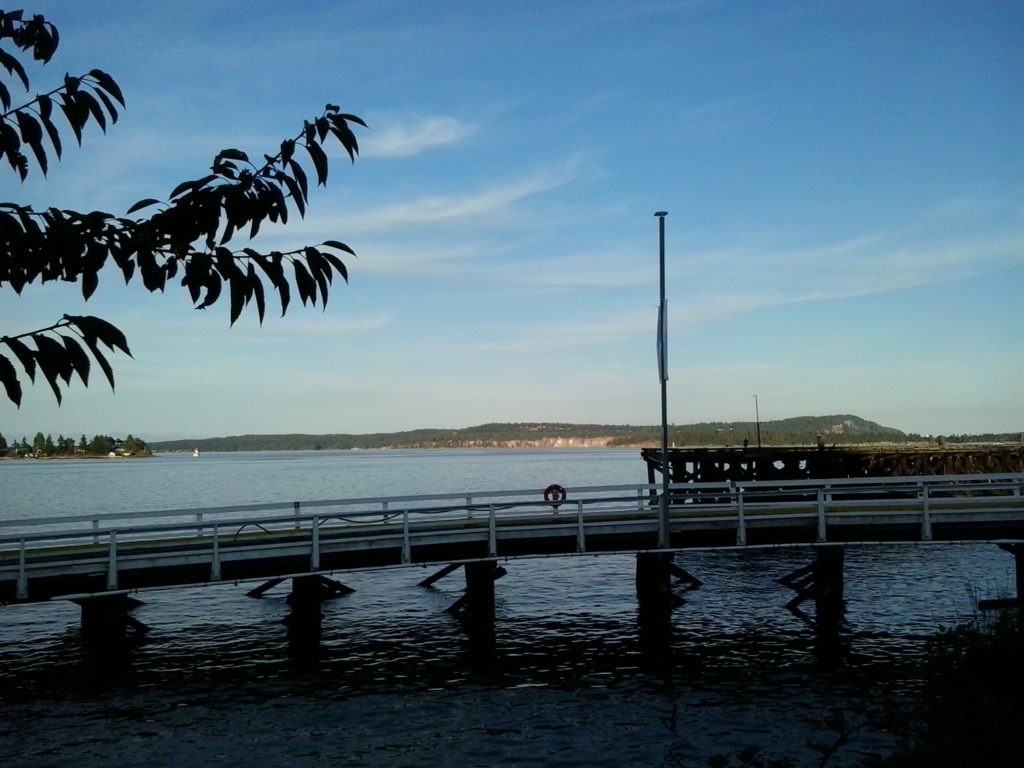
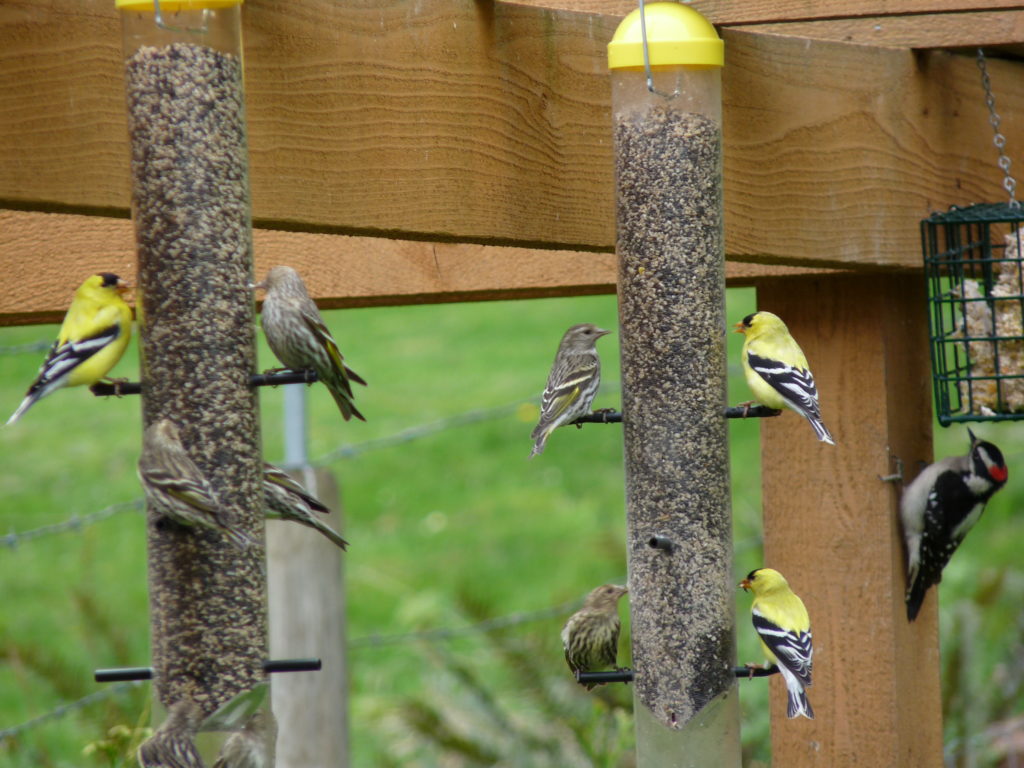
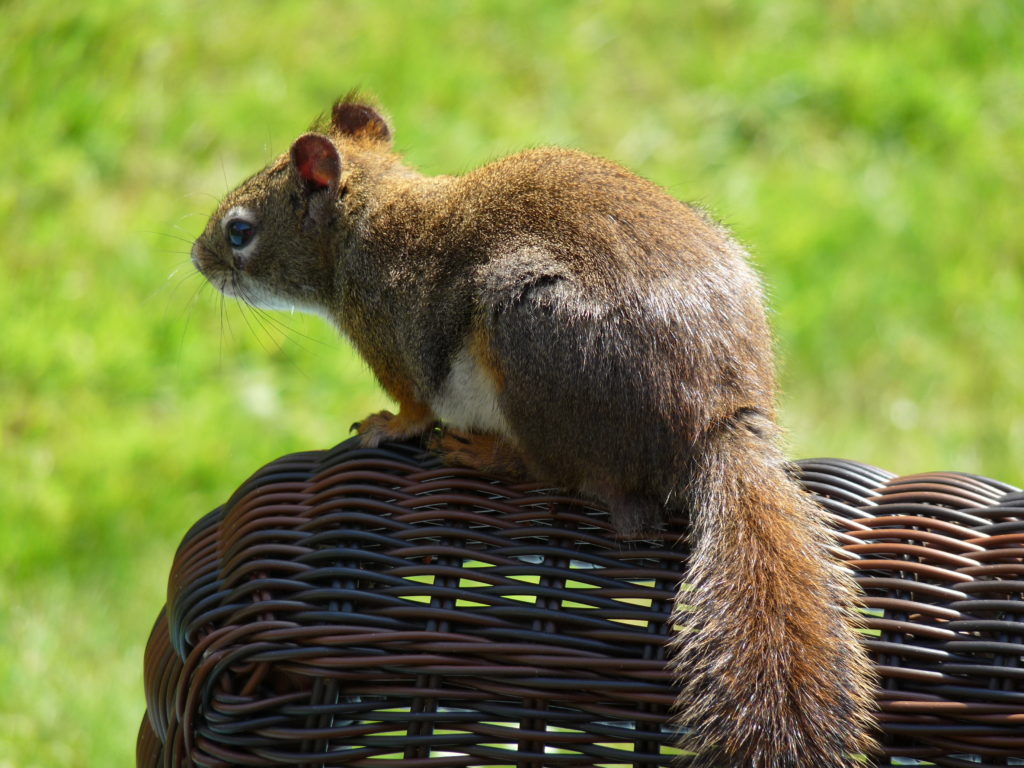
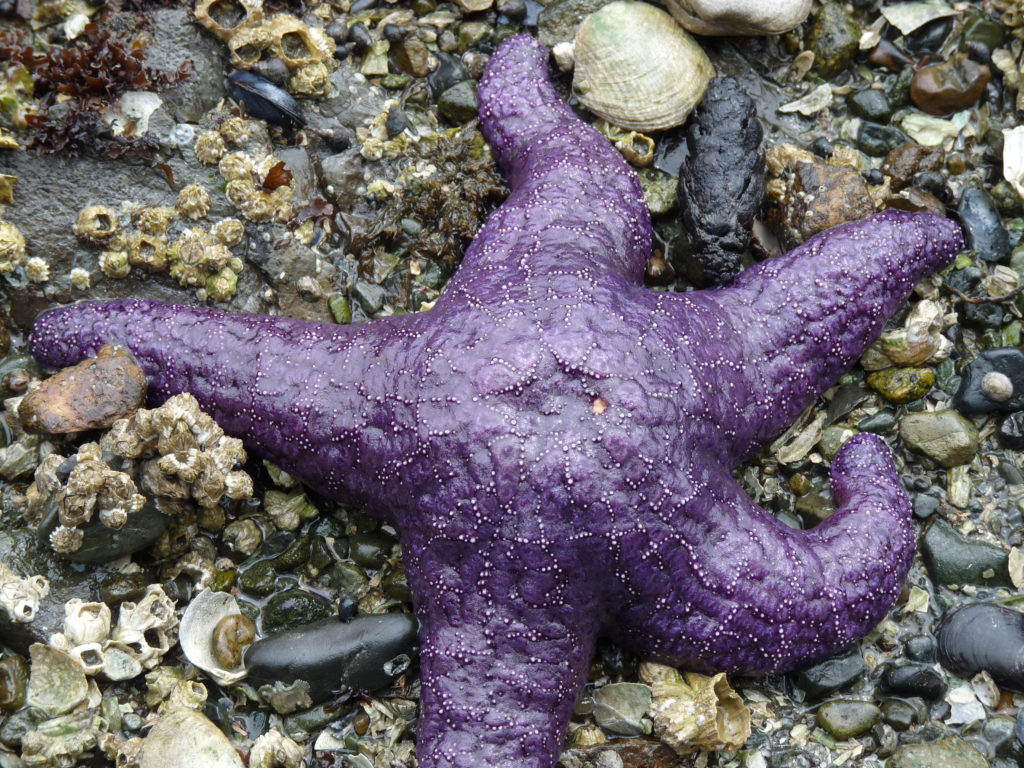
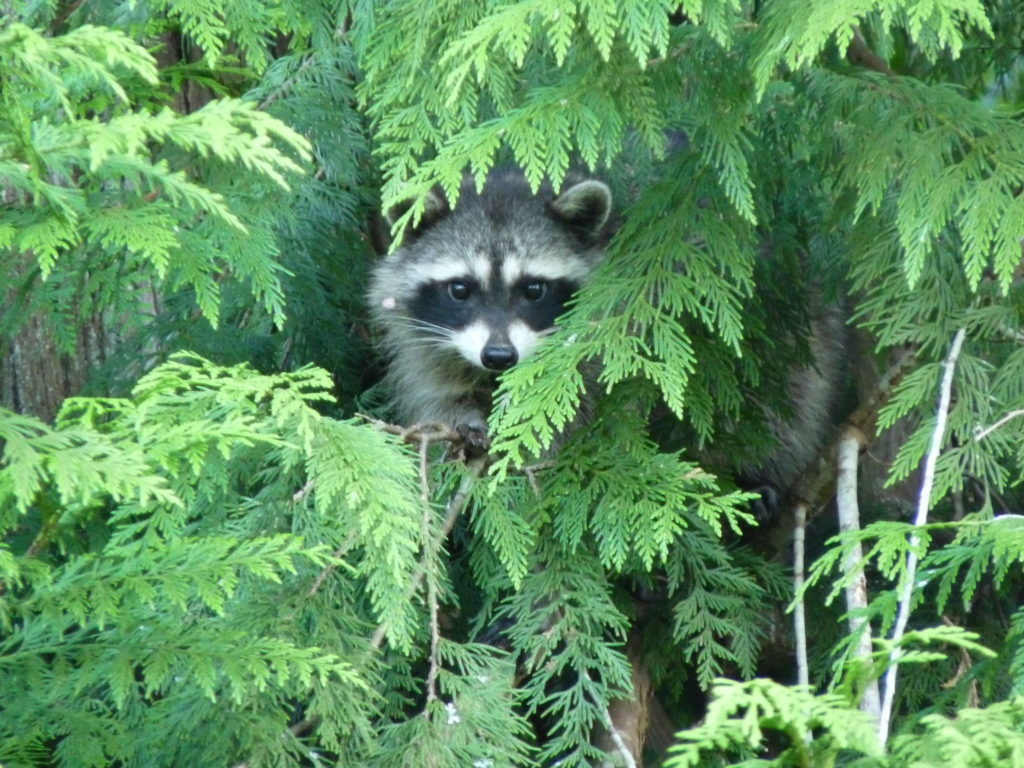
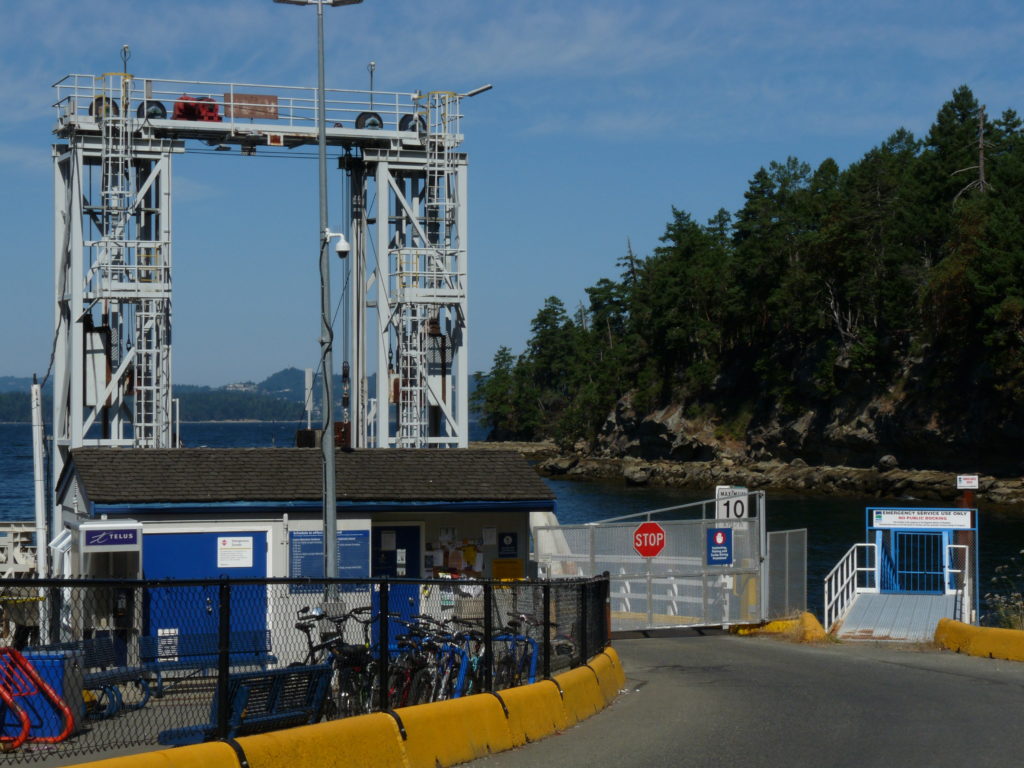
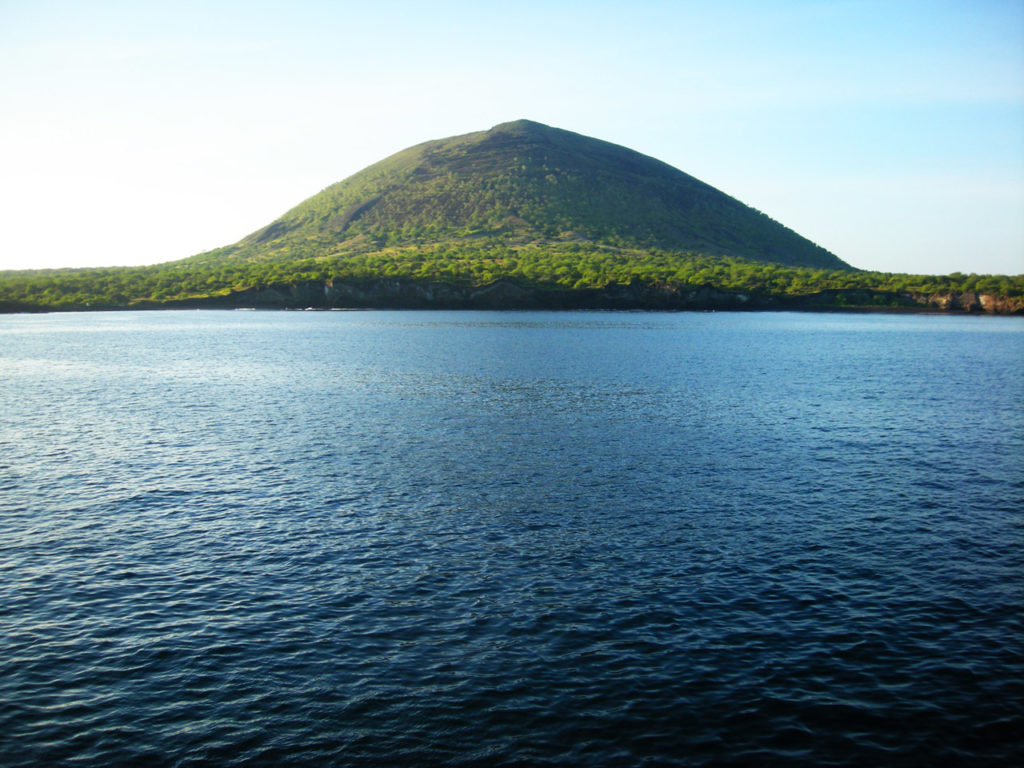
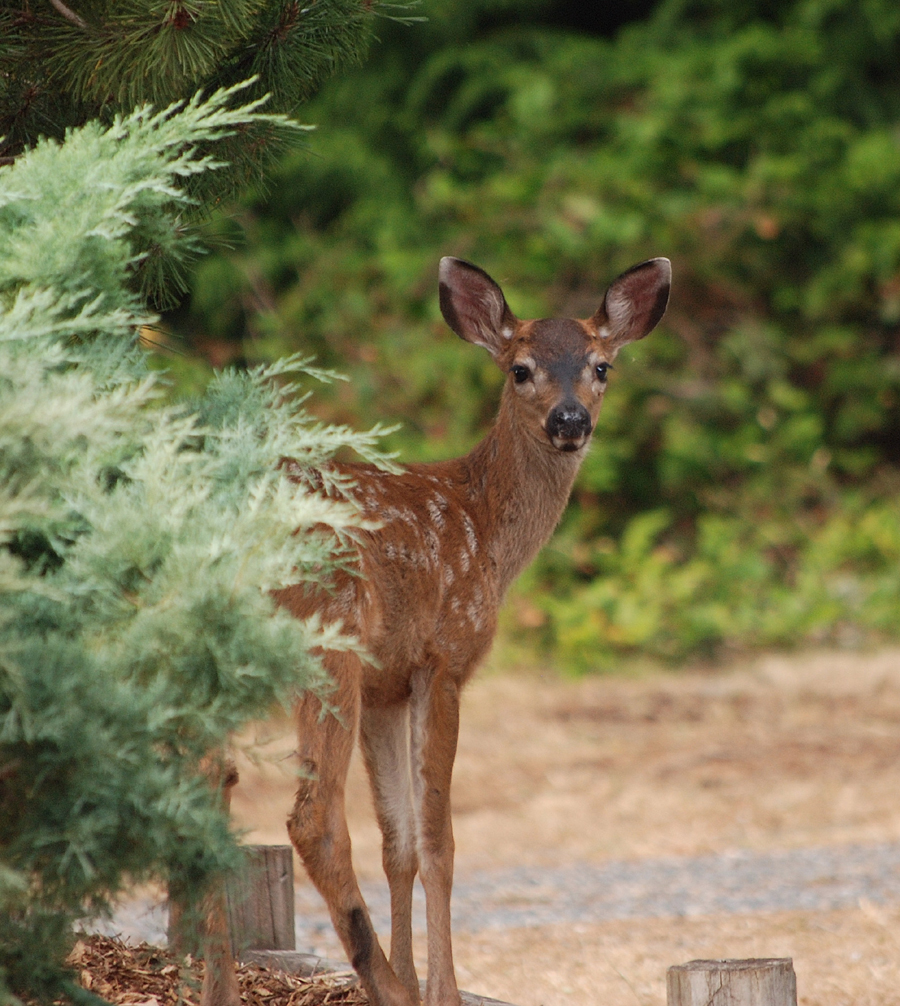
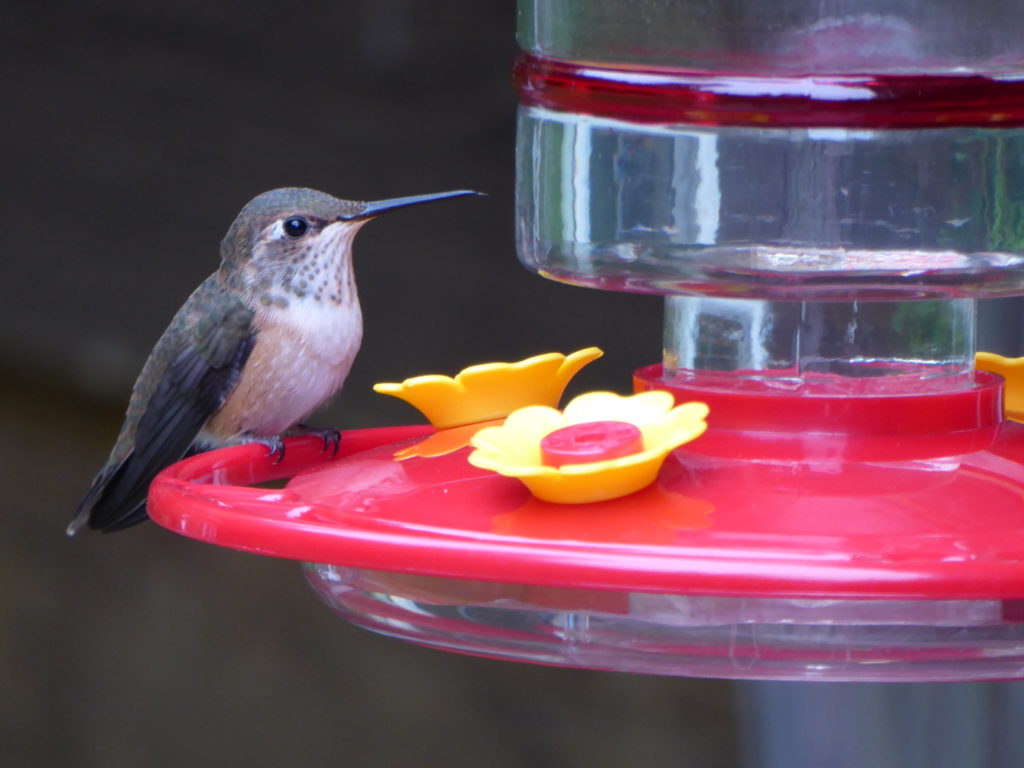
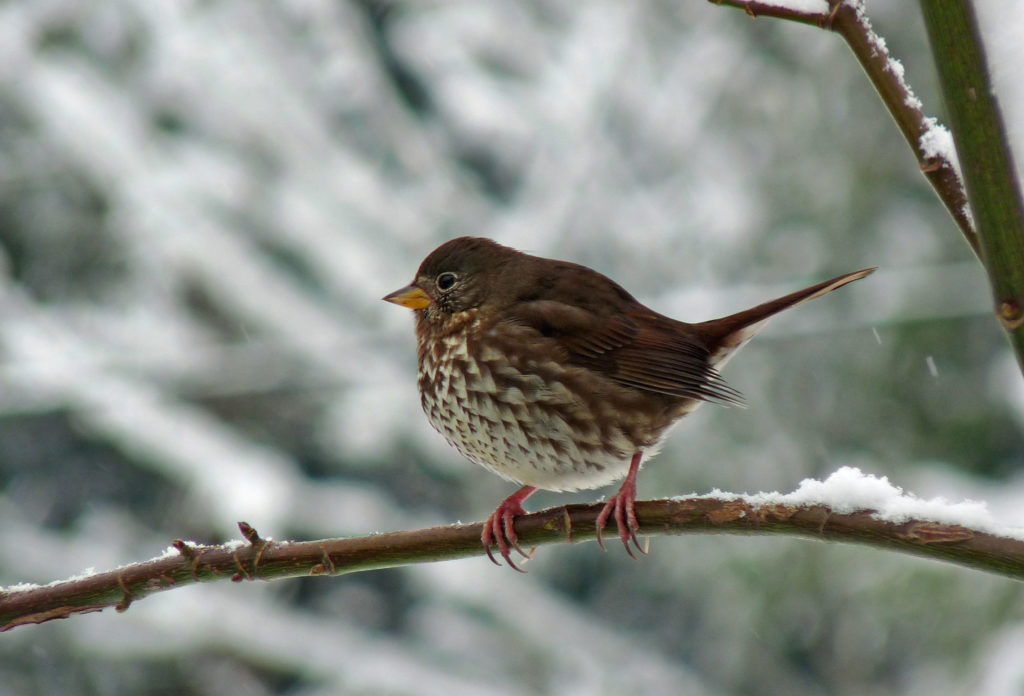
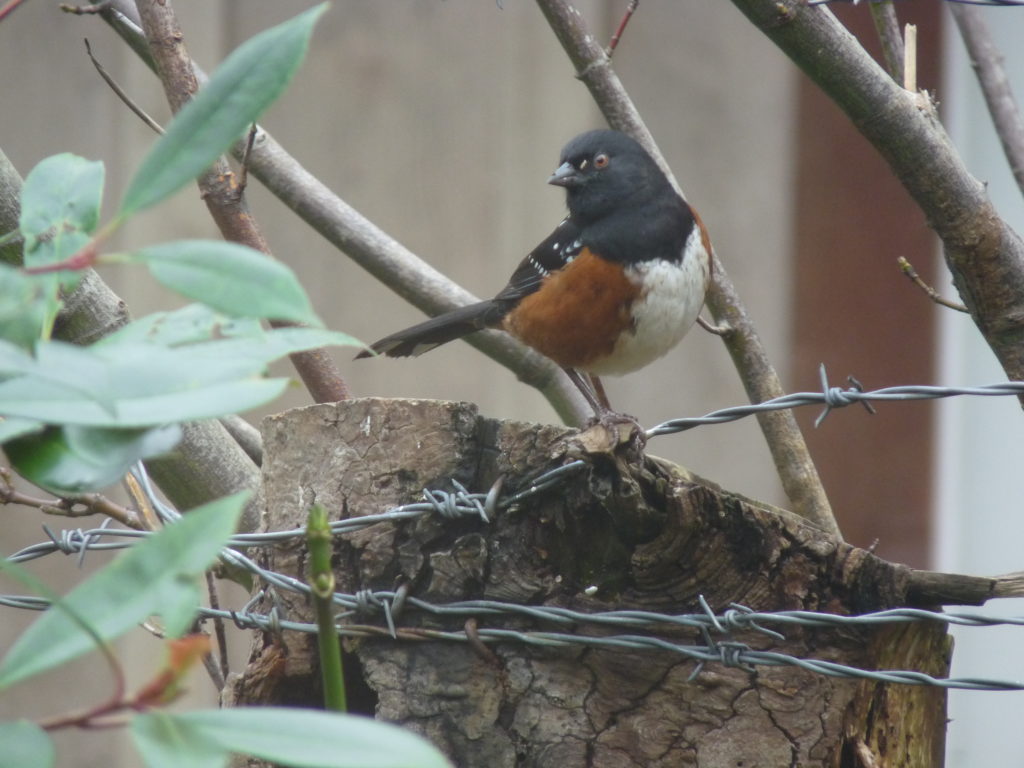
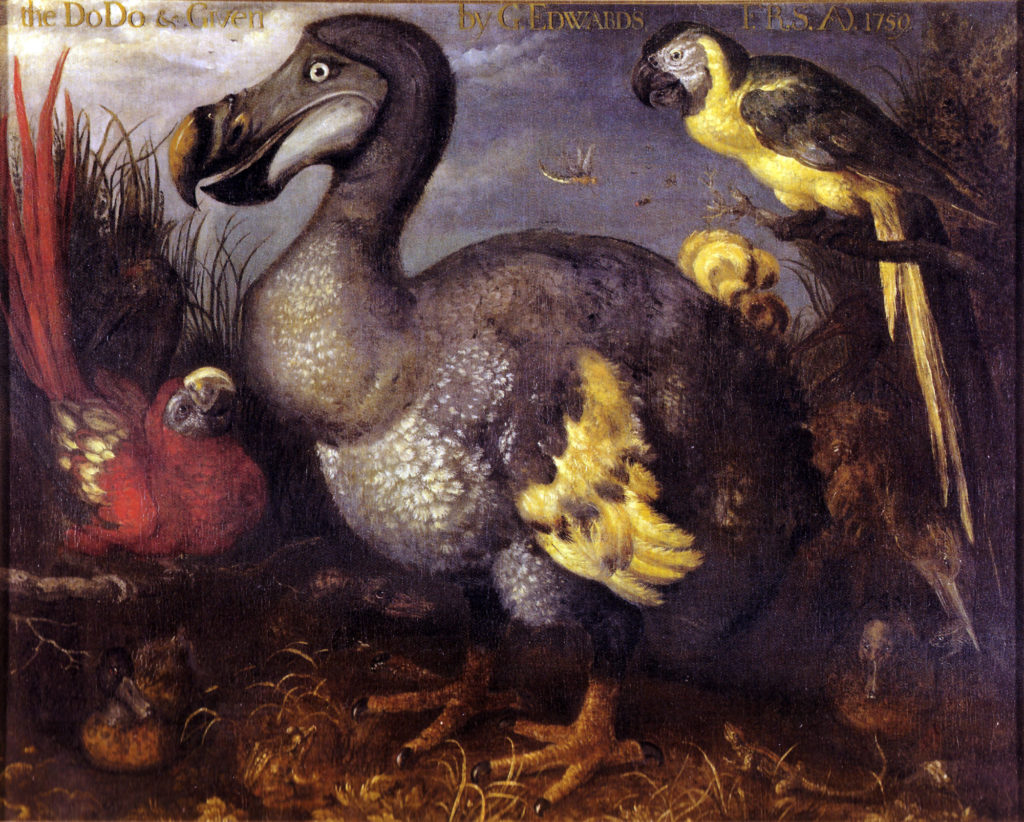
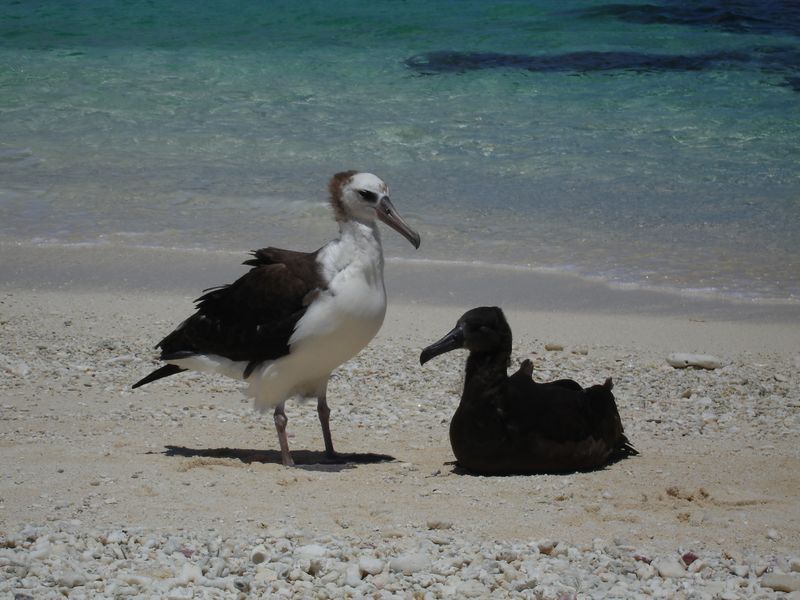
Thanks John. I’ll make the correction.
Thanks DJ!
Nice entry. But the albatrosses in the photo above are a juvenile Laysan (l.) and a Black-footed (r.).
A great article – it’s good hear someone “tell it like it is” without without the sugar coating! DJ
Pingback: Blog Birding #291 – flybabiesaviary
Pingback: Blog Birding #291 « ABA Blog